Related Research Articles
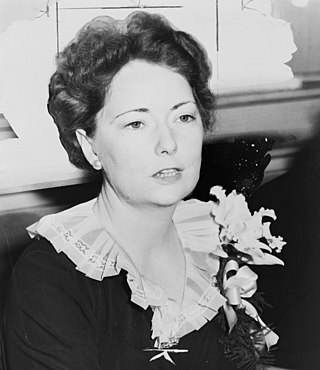
Margaret Munnerlyn Mitchell was an American novelist and journalist. Mitchell wrote only one novel that was published during her lifetime, the American Civil War-era novel Gone with the Wind, for which she won the National Book Award for Fiction for Most Distinguished Novel of 1936 and the Pulitzer Prize for Fiction in 1937. Long after her death, a collection of Mitchell's girlhood writings and a novella she wrote as a teenager, titled Lost Laysen, were published. A collection of newspaper articles written by Mitchell for The Atlanta Journal was republished in book form.
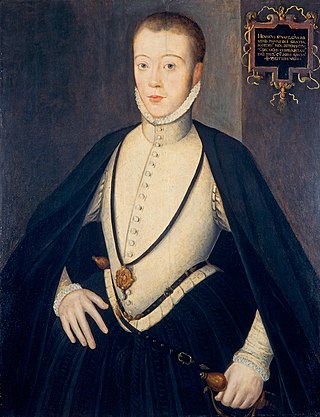
Henry Stuart, Lord Darnley was King of Scotland as the second husband of Mary, Queen of Scots, from 29 July 1565 until his murder in 1567. Lord Darnley had one child with Mary, the future James VI of Scotland and I of England. Through his parents, he had claims to both the Scottish and English thrones. Less than a year after the birth of his son, Darnley was murdered at Kirk o' Field in 1567. Many contemporary narratives describing his life and death refer to him as simply Lord Darnley, his title as heir apparent to the Earldom of Lennox.

Dame Alice Ellen Terry was a leading English actress of the late 19th and early 20th centuries.
Below are notable events in archaeology that occurred in 1905.
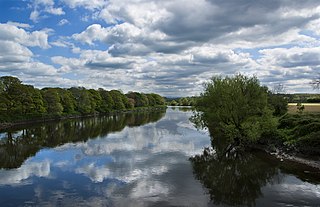
The River Ribble runs through North Yorkshire and Lancashire in Northern England. It starts close to the Ribblehead Viaduct in North Yorkshire, and is one of the few that start in the Yorkshire Dales and flow westwards towards the Irish Sea.

Lancashire is a county of England, in the northwest of the country. The county did not exist in 1086, for the Domesday Book, and was apparently first created in 1182, making it one of the youngest of the traditional counties.
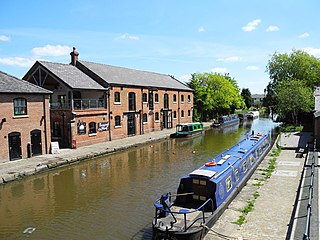
Burscough is a town and civil parish in the district of West Lancashire, Lancashire, England. The town is located approximately 14 miles (23 km) north-northeast of Liverpool and 13 miles (21 km) southwest of Preston. Its northern part is called Burscough Bridge, and was originally a separate settlement.

Ribchester is a village and civil parish within the Ribble Valley district of Lancashire, England. It lies on the banks of the River Ribble, six miles (10 km) northwest of Blackburn and twelve miles (19 km) east of Preston.

John Garstang was a British archaeologist of the Ancient Near East, especially Egypt, Sudan, Anatolia and the southern Levant. He was the younger brother of Professor Walter Garstang, FRS, a marine biologist and zoologist. Garstang is considered a pioneer in the development of scientific practices in archaeology as he kept detailed records of his excavations with extensive photographic records, which was a comparatively rare practice in early 20th-century archaeology.

Ambleside Roman Fort is the modern name given to the remains of a fort of the Roman province of Britannia. The ruins have been tentatively identified as those of either Galava or Clanoventa, mentioned in the Antonine Itinerary. Dating to the 1st or 2nd century AD, its ruins are located on the northern shore of Windermere at Waterhead, near Ambleside, in the English county of Cumbria, within the boundaries of the Lake District National Park.

Margaret Helen Rule was a British archaeologist. She is most notable for her involvement with the project that excavated and raised the Tudor warship Mary Rose in 1982.

Bremetennacum,, or Bremetennacum Veteranorum, was a Roman fort on the site of the present day village of Ribchester in Lancashire, England. The site is a Scheduled Monument.

The Ribchester Helmet is a Roman bronze ceremonial helmet dating to between the late 1st and early 2nd centuries AD, which is now on display at the British Museum. It was found in Ribchester, Lancashire, England in 1796, as part of the Ribchester Hoard. The model of a sphinx that was believed to attach to the helmet was lost.

The Crosby Garrett Helmet is a copper alloy Roman cavalry helmet dating from the late 2nd or early 3rd century AD. It was found by an unnamed metal detectorist near Crosby Garrett in Cumbria, England, in May 2010. Later investigations found that a Romano-British farming settlement had occupied the site where the helmet was discovered, which was located a few miles away from a Roman road and a Roman army fort. It is possible that the owner of the helmet was a local inhabitant who had served with the Roman cavalry.

St Wilfrid's Church is an Anglican church in the village of Ribchester in Lancashire, England, which is situated close to the site of a Roman fort. It is an active parish church in the Diocese of Blackburn. It is recorded in the National Heritage List for England as a designated Grade I listed building.

Marion Gilchrist was the first female graduate of the University of Glasgow, one of the first two women to qualify in medicine from a Scottish university; and a leading activist in the Women's suffrage Movement in Scotland. In recognition of her achievements she has been honoured in a number of ways.

Euphemia Lamb was an English artists' model and the wife of painter Henry Lamb. She modelled for Augustus John and Jacob Epstein and came to exemplify the sexual freedom of the bohemian lifestyle of the early twentieth century.
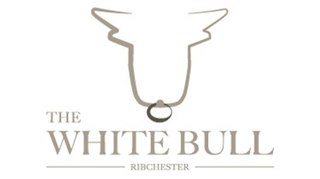
The White Bull is a public house and inn on Church Street in the English village of Ribchester, Lancashire. It dates to 1707, although an alehouse is believed to have previously stood on the site. It is a Grade II listed building with some unique exterior features.

Ribchester Bridge is a toll-free, three-span bridge over the River Ribble near Ribchester, Lancashire, England. A Grade II listed structure, located about 0.75 miles (1.21 km) east of the village, it actually crosses the river between the civil parishes of Clayton-le-Dale and Dutton. The bridge carries the two-lane traffic of the B6245 Ribchester Road.

Ribchester Roman Museum is located in the village of Ribchester, Lancashire, England. It sits at the southern end of Church Street, near the northern banks of the River Ribble, adjacent to St Wilfrid's Church. Founded in 1915 by Margaret Greenall, a member of Warrington's Greenall's brewing family, it is registered charity number 510490 with the UK Charity Commission.
References
- 1 2 Nicholls, Robert (15 January 2019). 50 Gems of Lancashire: The History & Heritage of the Most Iconic Places. Amberley Publishing Limited. ISBN 978-1-4456-8494-9.
- ↑ Edwards, B. J. N. (2000). The Romans at Ribchester: Discovery and Excavation. Centre for North-West Regional Studies, University of Lancaster. ISBN 978-1-86220-085-2.
- ↑ About – Ribchester Roman Museum
- ↑ Brewers' Journal and Hop and Malt Trades' Review. W. Reed. 1905. p. 657.
- ↑ "Step back in time to celebrate Ribchester Roman Museum's centenary". Lancashire Telegraph. 26 March 2014. Retrieved 10 October 2023.
- ↑ "Ribchester Roman Fort, Ribchester". Lancashire Past. 8 August 2020. Retrieved 10 October 2023.
- 1 2 Hopkinson, John Henry (1928). The Roman Fort at Ribchester. Manchester University Press.
- ↑ The Classical Review. D. Nutt. 1908. p. 197.